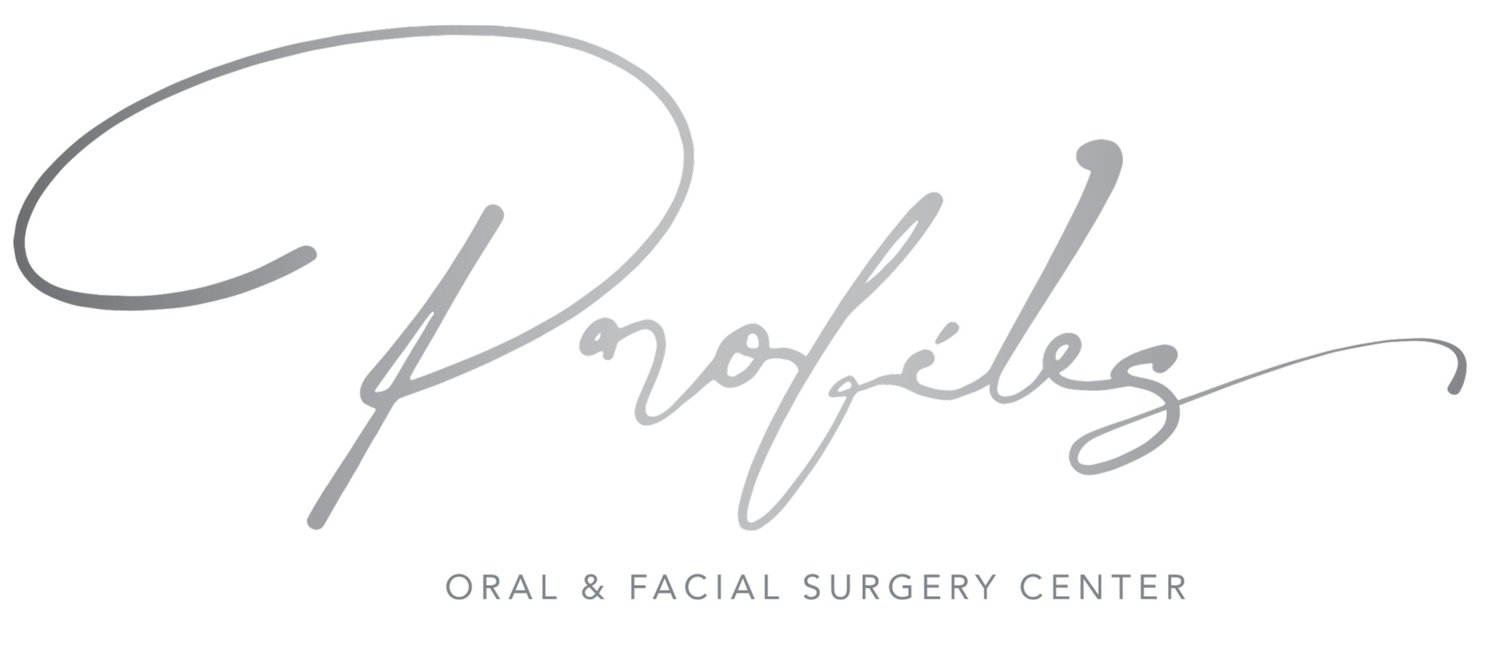Distraction Osteogenesis
Distraction Osteogenesis
Distraction osteogenesis (DO) is a relatively new method of treatment for selected deformities and defects of the oral and facial skeleton. It was first used in 1903. In the 1950s, the Russian orthopedic surgeon, Dr. Gabriel Ilizarov slowly perfected the surgical and postoperative management of distraction osteogenesis treatment to correct deformities and repair defects of the arms and legs. His work went mostly unnoticed until he presented to the Western Medical Society in the mid-1960s.
Distraction osteogenesis was initially used to treat defects of the oral and facial region in 1990. Since then, the surgical and technological advances made in the field of distraction osteogenesis have provided the oral and maxillofacial surgeons with a safe and predictable method to treat selected deformities of the oral and facial skeleton.
Dr. Charles uses distraction osteogenesis to treat selected deformities and defects of the oral and facial skeleton. If you have questions about distraction osteogenesis, please call our office and schedule an appointment with Dr. Charles.
Frequently Asked Questions About Distraction Osteogenesis
What does the term distraction osteogenesis mean? Simply stated, distraction osteogenesis means the slow movement apart (distraction) of two bony segments in a manner such that new bone is allowed to fill in the gap created by the separating bony segments.
Is the surgery for distraction osteogenesis more involved than “traditional surgery” for a similar procedure? No. Distraction osteogenesis surgery is usually done on an outpatient basis with most of the patients going home the same day of surgery. The surgical procedure itself is less invasive so there is usually less pain and swelling.
Will my insurance company cover the cost of osteogenesis surgical procedure? Most insurance companies will cover the cost of the osteogenesis surgical procedure provided that there is adequate and accurate documentation of the patient’s condition. Of course, individual benefits within the insurance company policy vary. After you are seen for your consultation at our office, we will assist you in determining whether or not your insurance company will cover a particular surgical procedure.
Is distraction osteogenesis painful? Since all distraction osteogenesis surgical procedures are done while the patient is under general anesthesia, pain during the surgical procedure is not an issue. Postoperatively, you will be supplied with appropriate analgesics (pain killers) to keep you comfortable, and antibiotics to fight off infection. Activation of the distraction device to slowly separate the bones may cause some patients mild discomfort. In general, the slow movement of bony segments produces discomfort roughly analogous to having braces tightened.
What are the benefits of distraction osteogenesis vs. traditional surgery for a similar condition?Distraction osteogenesis surgical procedures typically produce less pain and swelling than the traditional surgical procedure for a similar condition. Distraction osteogenesis eliminates the need for bone grafts, and therefore, another surgical site. Lastly, distraction osteogenesis is associated with greater stability when used in major cases where significant movement of bony segments are involved.
What are the disadvantages of distraction osteogenesis? Distraction osteogenesis requires the patient to return to the surgeon’s office frequently during the initial two weeks after surgery. This is necessary because in this time frame the surgeon will need to closely monitor the patient for any infection and teach the patient how to activate the appliance. In some cases, a second minor office surgical procedure is necessary to remove the distraction appliance.
Can distraction osteogenesis be used instead of bone grafts to add bone to my jaws? Yes. Recent advances in technology have provided the oral and maxillofacial surgeon with an easy to place and use distraction device that can be used to slowly grow bone in selected areas of bone loss that has occurred in the upper and lower jaws. The newly formed bone can then serve as an excellent foundation for dental implants.
Does distraction osteogenesis leave scars on the face? No. The entire surgery is performed within the mouth and the distraction devices used by Drs. Charles and Broumand remain inside the mouth. There are no facial surgical incisions are made so no facial scars result.
Are there any age limitations for patients who can receive osteogenesis? No. distraction osteogenesis works well on patients of all ages. In general, the younger the patient the shorter the distraction time and the faster the consolidation phase. Adults require slightly longer period of distraction and consolidation because the bone regenerative capabilities are slightly slower than those of adolescence or infants.
Dr. Charles and his staff are very client focused. Excellent attention from the time you are welcomed by reception. They often ask if you have questions or have any other concerns, and never make you feel rushed. They truly take the time to take the very best care of their patients. Dr. Charles himself is very people oriented, he explained my procedure in detail and extremely knowledgeable. He has also treated my daughter, and was able to take the fear away from her first oral surgery, resulting in an amazing and pleasant experience for her. I highly recommend Dr. Charles and his staff if you are looking for a new dental team. - Ray E.

